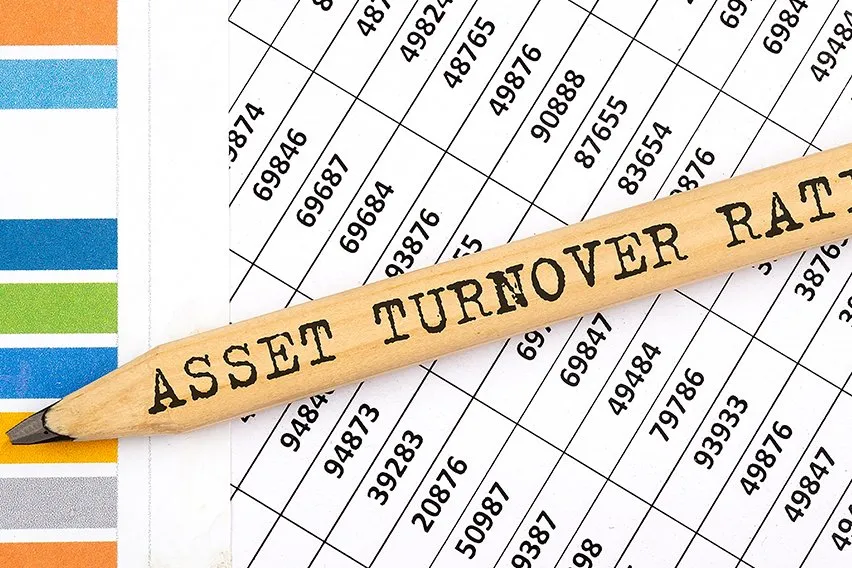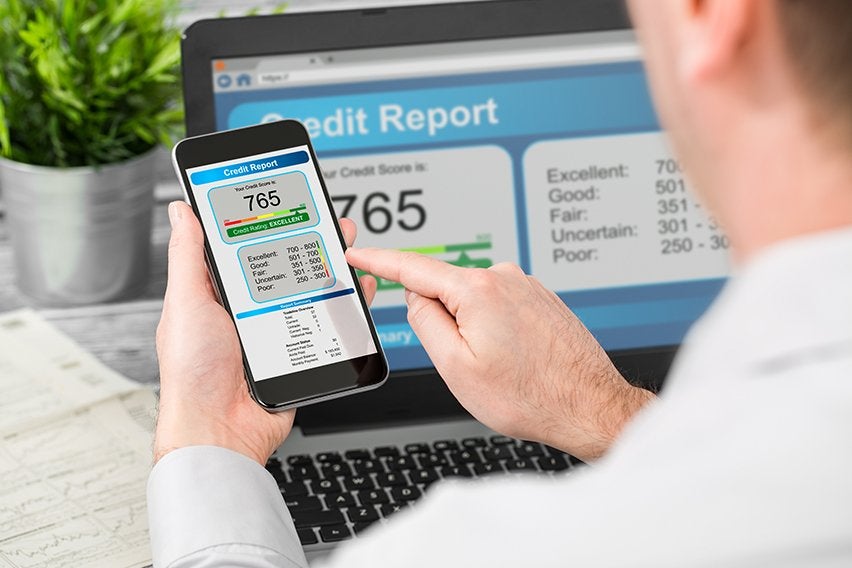What Is a Letter of Credit & How Does It Work?

In business, as in life, it’s always important to make sure that you protect yourself.
When you’re running a small business, even minor financial setbacks can have sweeping consequences. Cash flow is a tricky thing to get right so it’s always important to make sure that you have a back up plan in place if things go awry.
This is especially true when you’re buying and selling products or services. There are a number of reasons why something may go wrong, but the reasons will be of little interest to you if you’re losing money.
Luckily, small businesses can make use of a letter of credit from a bank.
But what exactly is a letter of credit? We’ll take a closer look at the guarantee of payment and give you a better understanding of how letters of credit work.
Here’s What We’ll Cover:
How Do You Get a Letter of Credit?
What Is a Letter of Credit?
A letter of credit is a financial document from a bank that guarantees a business payment.
There are a number of different types of letters of credit. They are a way for businesses to have an extra level of security and protection when buying and/or selling products or services.
The two main types of credit letters are as follows:

1. Seller Protection
This letter comes into play if a buyer fails to pay a seller. The bank that issued the letter of credit must pay the seller, but only if the seller meets all of the requirements that have been set out in the letter. This letter also provides security when the buyer and seller are based in different countries.
2. Buyer Protection
A letter of credit can also be used to protect buyers. So if somebody is paid to provide a product or a service and they fail to deliver, a letter of credit may be able to reimburse the buyer.
This could be through issuing a penalty to the company or business that was unable to deliver, similar to receiving a refund. With the money that you have been reimbursed with, you can then take your business elsewhere or to another provider.
The concept of a letter of credit is similar to escrow services where a bank will act as a “disinterested” third party. The bank will not be there to take anyone’s side and will only release funds after a certain amount of conditions are met.
While letters of credit are commonly used in international trade deals, they are also helpful for domestic transactions.
How Do You Get a Letter of Credit?
In order to get a letter of credit, you’ll need to contact your bank. If you’re negotiating a deal with an overseas company, you’ll likely need to liaise with an international trade department.
Not every bank offers letters of credits. But any financial institution that doesn’t will likely be able to refer you to someone who can satisfy your needs.
To apply for a letter of credit you’ll need the following details:
- Details of the goods or services being exchanged
- The payment amount
- Expected delivery dates
- Any other relevant information that pertains to the transaction
Once you’ve explained the whole situation to the bank, they will decide whether or not they want to offer you a letter of credit.
There is no set fee for a letter of credit. It will depend on the bank you use and the transaction you’re looking to make. A common form of payment is to be charged a percentage of the amount covered by the letter of credit. This too will depend on variables such as your credit history.
When Does the Payment Happen?
If you have taken out a letter of credit and are due a payment, you can only get paid after performing specific actions. This would be meeting the requirements that have been laid out by the bank on the letter of credit.
These requirements and conditions may vary depending on the bank, but there are some commonly accepted rules.
For an international trade deal, the seller may have to deliver merchandise to a port or shipping yard. This would be to satisfy the conditions laid out in a letter of credit.

Once the merchandise has been delivered, the seller receives documents that prove they have made the delivery. These documents would then be forwarded to the bank.
For a bank to approve payments on a letter of credit, they must first review the documents that prove the seller has performed the required actions.
It is not up to the bank to be concerned with the quality of goods, but that doesn’t mean sellers can send whatever they want. A buyer can put in place inspection criteria that must be met as part of the deal. This allows someone to review the shipment and ensure everything is acceptable.
Key Takeaways
Letters of credit are a great way for businesses to secure deals between two companies. This is especially true if the other company is overseas and therefore slightly riskier.
The last thing a small business needs is a deal falling through or not being delivered and being stuck with the costs. So taking out a letter of credit will ensure that any transaction won’t leave you footing the bill from a dishonest seller that you can’t afford.
Are you looking for more business advice on everything from starting a new business to new business practices?
Then check out the FreshBooks Resource Hub.
RELATED ARTICLES
 How to Calculate Asset Turnover Ratio? Formula & Example
How to Calculate Asset Turnover Ratio? Formula & Example What Are Franking Credits & How Do They Work?
What Are Franking Credits & How Do They Work? Marginal Cost: Definition, Formula & Examples
Marginal Cost: Definition, Formula & Examples What Should You Charge for House Cleaning in Australia?
What Should You Charge for House Cleaning in Australia? How Much Can You Earn From a Hobby Before Paying Tax?
How Much Can You Earn From a Hobby Before Paying Tax?